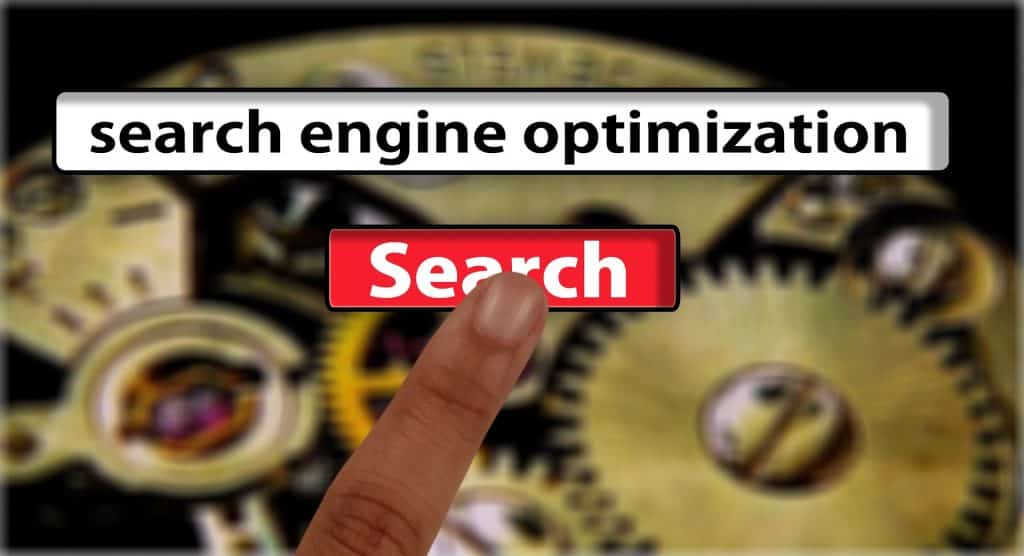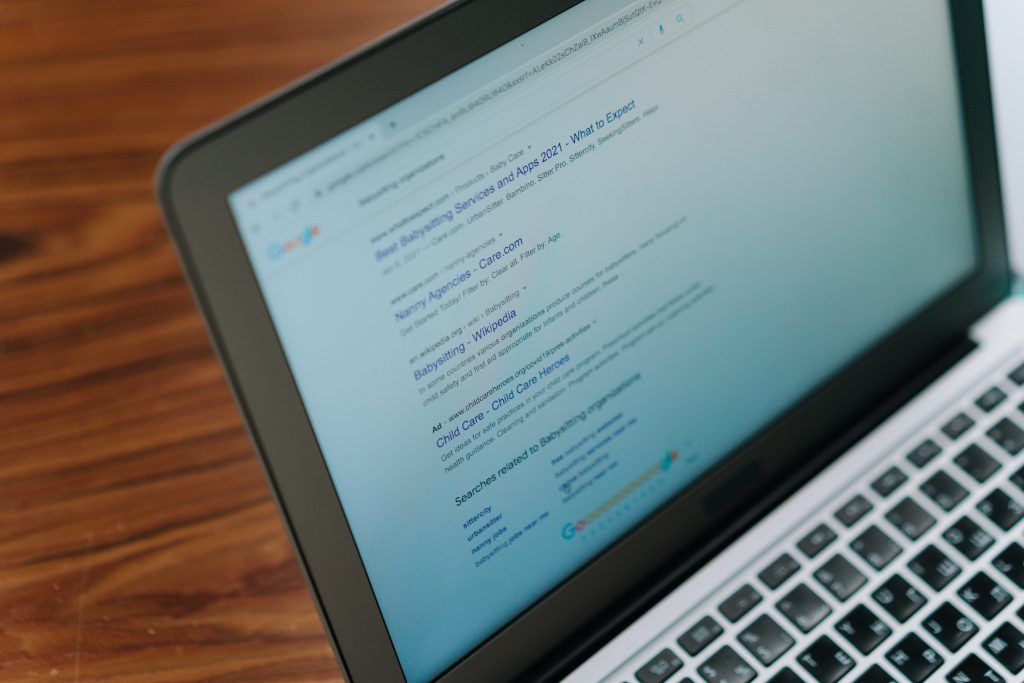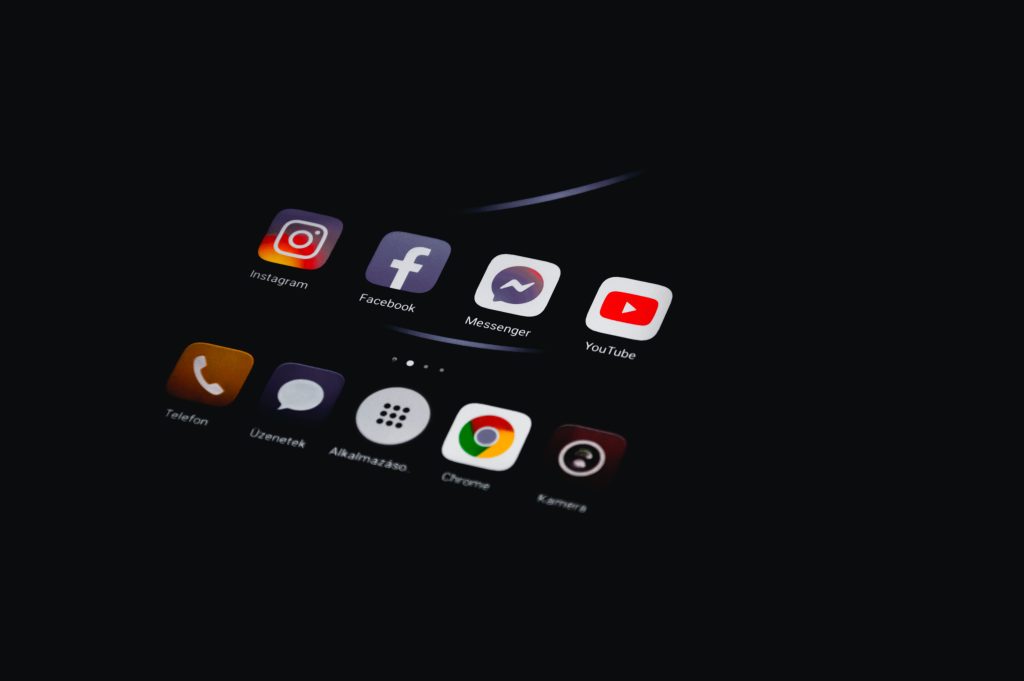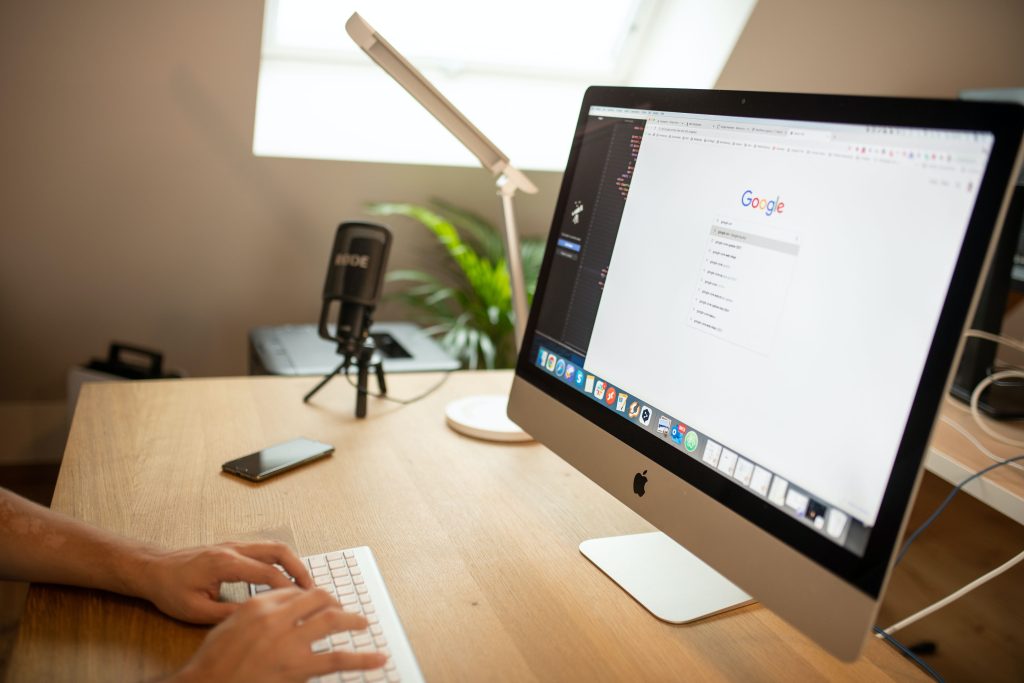Do you want to maximize your ranking? Optimize your articles for Google by adhering to the following technical specifications. Nevertheless, as much as the specifications below may be useful, you cannot ignore the fact that quality content matters. Now, with quality content, you can go ahead and optimize it to have a high number of visitors to your website.
And because many readers believe the page that appears on the first page of the Google search engine contains quality content, they won’t search any further; they will click on what they see. So, you, as a website owner, should strive to at least have your web page on the first pages of Google search results. Of course, it is not easy, it needs time and commitment, but it is worth doing.
Again, it is not a one-time thing; for every page, you publish and want to rank, you must always optimize it.
Here are several things that you need to do to achieve that.
Best Ways to Optimize Your Articles for Google
Optimizing articles is compulsory for anyone who wants to rank on page one. Some of the best ways to optimize your articles for Google are:
- Using titles
- Adding keywords, preferably longtail keywords
- Adding a meta description
- Optimizing the URL
- Using the keyword in the image Alt Text and file name
- Sharing content on social media
- Adding internal and external links
- Adding header tags
Quickly, let me take you through each of these. Continue reading.
Title
Your post title is what your readers see first before they get access to the entire article. The post title makes readers decide if to continue reading or not. It should, therefore, be appealing and should not have more than 66 characters.
However, though the title may be attractive if it is not optimized, it may never rank on Google. In my other article on Why Your Articles Are Not Ranking Number One On Google, I explained it is important to help Google know what your article is about by optimizing it. How do you do that? Make sure your focus keyword appears in the post title.
Keyword
Do you find it difficult to come up with an appropriate keyword? Well, Google Trends will be of help. Choose a keyword you have not used previously on your website. Be unique, and no one will accuse you of duplicating content.
Don’t use it once and think it is all done; use it several times in your article. For example; you can have a keyword in the introduction, twice in the body (depending on the size of your article), in the subtitle, and in the conclusion. The higher the word count of your content, the more the opportunity to use your keyword severally.
Shorter articles need fewer keywords. Nevertheless, avoid stuffing your article. To optimize your articles for Google, you can decide to use several different keywords. For example, you can use three different keywords in one article.
Why is this effective and important? Two people typing on the search engine using two different keywords, which you have used, will most probably land on your page.

Otherwise, it is not harmful to use one keyword. It is also crucial to note that long-tail keywords are considered to rank better. What is a long-tail keyword? A keyword that has three to four words is termed a long tail.
Nevertheless, be sure not to fall into a terrible mistake I have seen many people make. Don’t just add the long tail keyword anywhere to optimize your articles; allow it to appear naturally in your content. Let it be relevant to the content.
Meta Description
In the search engine, a Meta description appears below the title. Having a meta description that has 156-160 characters is considered appropriate. More than 160 characters will lower your rankings. Since the Meta description appears below the title, it should be charming yet relevant. Let it compel readers to click on your page to read more.
To enhance ranking, include your keyword in the meta description. It is essential to add a call to action to it. For example, in this article, the first two sentences make up a meta description which also has a call to action.
Optimize the URL
Always optimize the URL of your page. By doing this, you will be providing a description to the search engines on what your page is all about hence Optimize Your Articles for Google. Now, to make it easy for your users to find your web content quickly, always include a relevant keyword in the URL.
For example, if you write articles on Optimizing WebPages, your URL should be; https://mywebsite.com/optimizing-WebPages/
Image File names and Alt Tags
It is important to know that SEO rules apply even to images. Therefore, images on your site cannot rank if you do not use a file name and an alt tag that has a keyword. Use appropriate file names that describe the image. Never use “image005.jpg.” as a file name.

Use a relevant file name to optimize your articles for Google by adding a keyword to the alt attributes. For example, your image file name can be “Optimize your articles for Google.jpg.”
Outbound links/External Links
Should you link your pages to other websites? Yes, it is essential. Why? Outbound links direct your readers to another website or web page, which optimizes and increases the number of readers on your site. However, you don’t just link to any webpage or website; you need to identify high-authority websites and link to them.
Again, too much of anything is poisonous; avoid adding too many outbound links. One or two high authority sites are okay. However, it depends on the word count of your article.
Inbound Links
Do you want your readers to access other articles on your site? Here is a good chance to add inbound links to your article. Make sure you link to the most appropriate pages. If the information in the links is relevant and crucial to your readers, they will want to get more from your site. Once again, avoid adding too many inbound links.
Share on Social Media
You need more readers on your website. Right? Inserting a sharing button on your pages is vital and helpful and will optimize your articles for Google. You see, the more you share, the more the world (readers) gets to know you, and the more the chances of getting high traffic on your website.

Make it your behavior, any time you publish new content, to click every sharing button you have on your page, especially on Twitter, Facebook, and Linkedin. Encourage your friends to share the content, too, if they find it helpful.
Header Tag
A header tag is very crucial. To optimize it, you need to have your keyword in the header tag. This way, when search engines crawl your site, they will consider the header and identify the keywords you have used as vital.
The header tag runs from H1, H2, and H3 to H6. However, you don’t just add the header tags anywhere. You’ve got to be orderly. That is, start with H1, H2, and H3, and follow that order till you are through with all the tags.
One more thing to remember, your headers should be readable. Again, avoid stuffing keywords.
Final Line
While it is very crucial to Optimize Your Articles for Google, many people don’t know how to do it. Don’t be a victim of publishing content that never ranks. Start by having a primary focus on always providing your readers and daily visitors with quality content all the time. However, the good thing is that once your readers realize your website has great content, they will become your regular followers.
And though it may take time to rank, eventually, you will make it if you consistently follow the strategies I have stated herein. Nothing discussed above is too complicated; it is all doable.
Apply it, and you will be glad you read this article.

